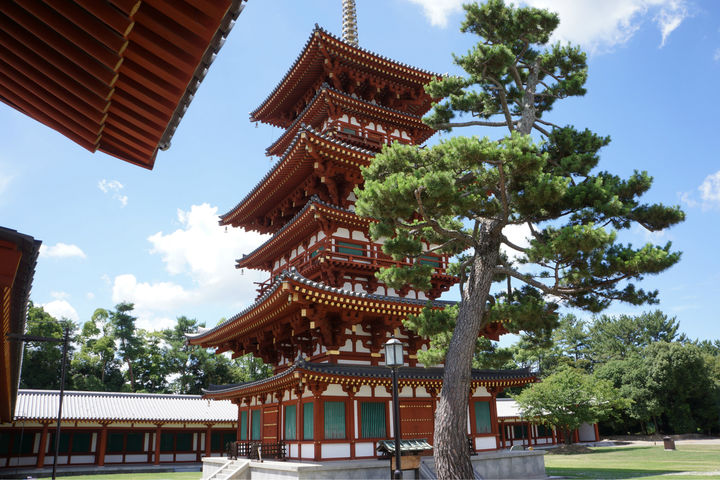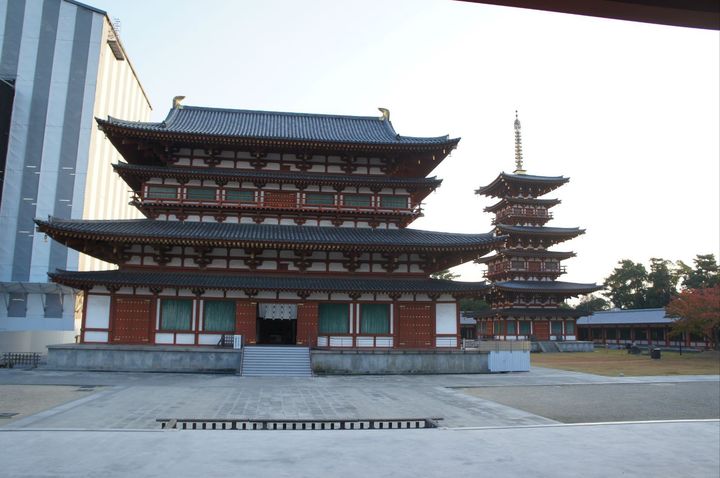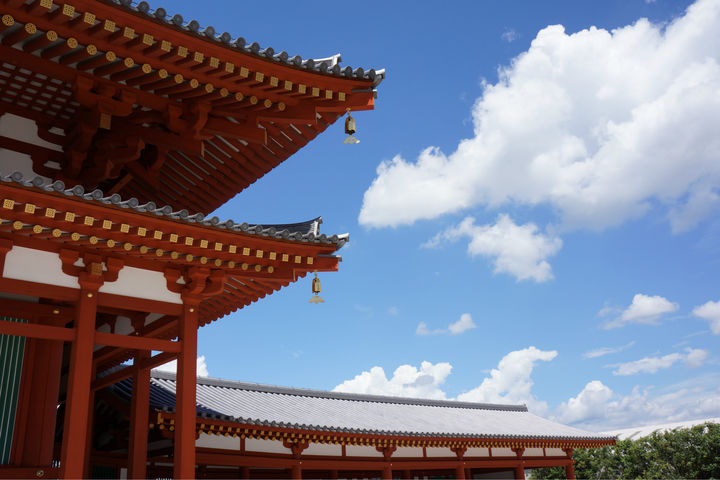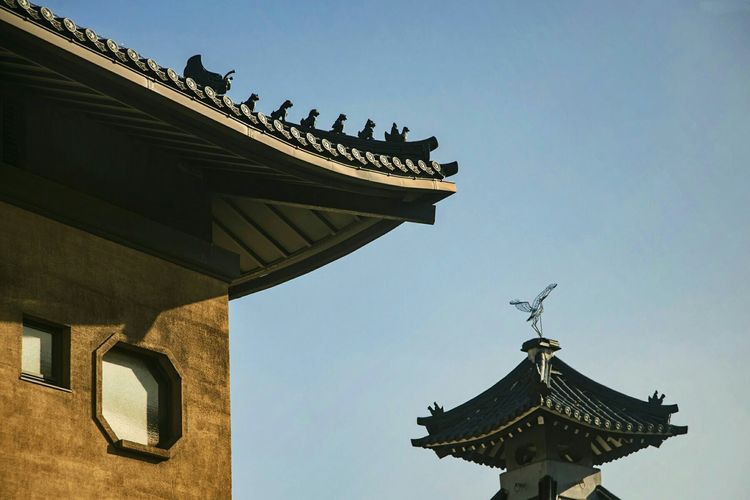- Call Us :+86 13663796880
- Email :nicole@sfrooftile.com
- Working hours :24 hours a day
- Language :Chinese
Nicole Zhang
+86 13663796880
+86-379-63262958
nicole@sfrooftile.com
Japanese ancient architecture homologous same with Chinese ancient architecture. From the tang and song dynasty in China, most of the existing Japanese ancient buildings are the spread of Buddhist culture in Japan established by tang dynasty monks in the East , they are not only the buddhist culture was introduced into Japan, also brought Chinese architecture, sculpture, sauce, wine and do many aspects, such as art, especially the song dynasty in zen philosophy is gradually introduced into Japan. They are so admired by the Samurai that they became believers.

After the Tang Dynasty, Japanese architecture learned and imitated Chinese architectural techniques and absorbed many Chinese elements, but still retained many unique Japanese architectural traditions and styles. Major buildings were combined with tang architecture to form a unique Japanese ancient architecture.

The Japanese cherish and worship primitive things. They believe that since things are always changing, they should follow nature and let things show their original appearance, instead of imposing colors by man. So most Japanese roof tiles are not painted.

Throughout Japan many ancient buildings temple material has a common characteristic: simple and unsophisticated, exposed wood texture is particularly obvious. Unlike ancient Chinese buildings, glazed tiles of various colors are used.

After World War II, Japan experienced a period of rapid growth and a huge development frenzy swept across the country, leaving many historic districts at risk of being destroyed. But so far, many historical and cultural districts and cultural landscapes in Japan's ancient cities have been well preserved. In the process of urbanization, Japan attaches great importance to the protection of ancient buildings. Although some detours have been made, good results have been achieved on the whole.

Japan legislates to protect ancient buildings, integrating the protection of ancient buildings into urban planning, avoiding their destruction and excessive commercialization to preserve historical style.
Nowadays, more and more buildings adopt the mode of combining ancient and modern architecture. If you also like this antique yet stylish architectural style, please contact us. From design to construction, every detail is strictly controlled by our professionals.